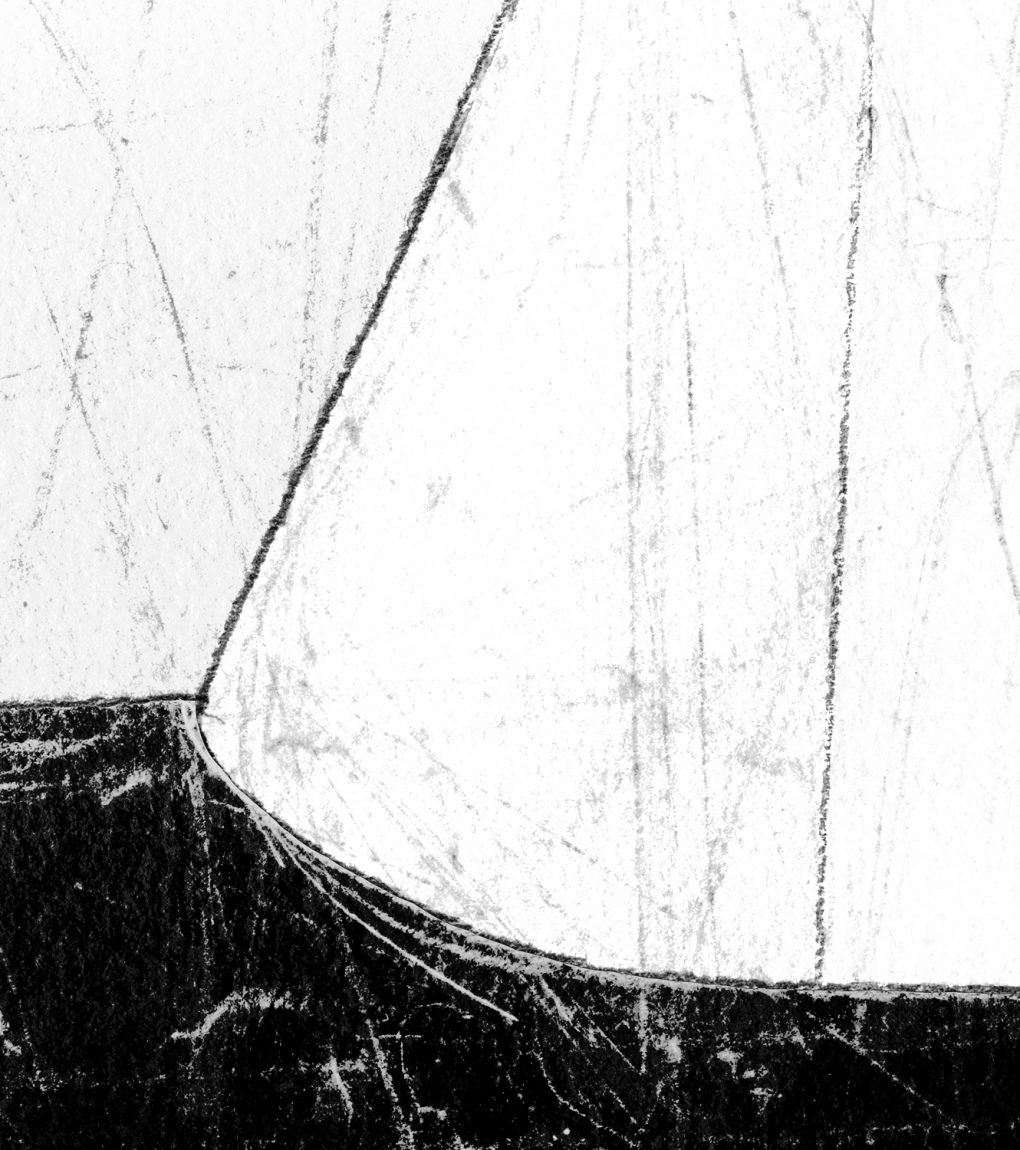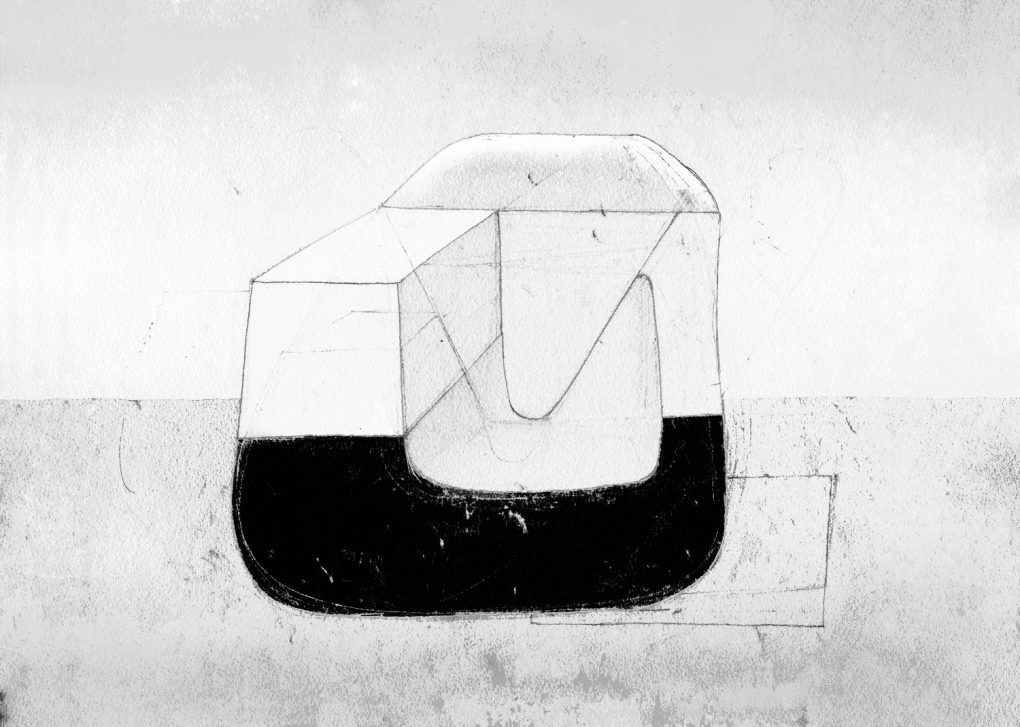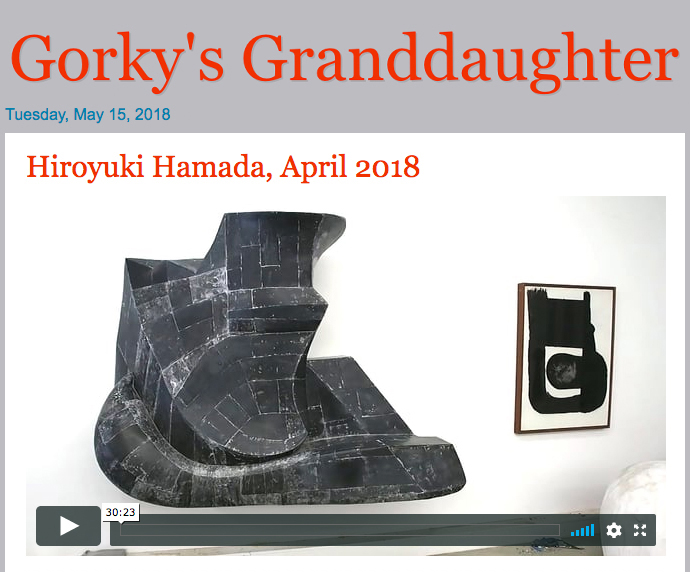-
lucent at Uillinn: West Cork Arts Centre
Here are some images from lucent: a traveling group show of small works curated by David Quinn. The first show has opened at UillInn: West Cork Arts Centre in Skibbereen, Ireland. The show focuses on indescribable poetic qualities emanating from each piece. The works require you to gently approach them as if to approach a delicate small insect or a flower and examine carefully to let the light reveal the rich surfaces and intricacies; by doing so you enter into special dialogues with the elusive yet undeniably tangible presence of the works. David has done a great job selecting the artists. His curatorial decisions are masterful. This is probably my favorite group show I’ve ever been part of, and it was great to meet some of the participating artists in Ireland. I would like to thank the director of the Arts Centre Ann Davoren for welcoming us with generous support. The natural beauty of Ireland was overwhelming. It was such a dreamy week being there.
From West Cork Art Center website:
lucent
29 July to 9 September 2023lucent is an exhibition of small works curated by artist David Quinn, involving twelve international artists – Charles Brady (Ire), Niamh Clarke (NI), Vincent Hawkins (UK), Hiroyumi Hamada (JN), Tjibbe Hooghiemstra (NL), Jamie Mills (UK), Janet Mullarney (Ire), Helen O’Leary (Ire), David Quinn (Ire), Seamus Quinn (Ire), Sean Sullivan (US) and John Van Oers (BE). The exhibition runs across both galleries at Uillinn from 29 July to 9 September.
‘Although I have curated quite a few exhibitions, I am first and foremost an artist and not a curator. This exhibition is a very personal project. The work I have included is by artists whose work and progress I am always keen to see. I think there is a lot of truth in Robert Motherwell’s quote ‘every intelligent painter carries the whole culture of modern painting in his head. It is his real subject, of which everything he paints is both a homage and critique.’ To a greater or lesser extent, the artists in this exhibition have been inspirational to me or sometimes it is just as Emerson said ‘in every work of genius we recognise our own rejected thoughts’.
One of the common threads through the work of these artists for me is a sensitivity for materials and for the quality of line. Most of the artists here also blur the distinction between painting and sculpture. Their sculptures can be quite painterly and there is a subtle tactile element even to the works on paper. The other thing that interests me is that it is often hard to pin down exactly what the works are about (if that is what one is inclined to do). There is an inherent ambiguity in lots of the work, a vague open-endedness. Also the scale that these artists often work on is intimate and personal. The works are memorable rather than monumental, suggestive rather than didactic, playful rather than strict. Where there is order it is often subverted and generally an air of gentle irreverence. Ultimately though the thing that draws these works together for me is that I find them beautiful.’
David Quinn, 2022b
lucent is supported by an Arts Council / An Chomhairle Ealaíon Touring Award and will tour to Highlanes Gallery Drogheda (February to April) and Wexford Arts Centre (June to August) in 2024.
Participating artists:
Janet Mullarney
-
Limited Edition Prints
Last month, after a series of parts failures, despite many attempts to save it, my Piezography printer died. As a result, I have ended open edition printing of my prints. All the existing prints in various sizes are now limited edition prints. Edition sizes are noted for each print in each size at the Print section of my site. For those who have the prints and are interested in receiving an affidavit stating the edition number as a limited edition print, please DM me.
It’s been 8 years since I learned how to print with the unique method developed by Cone Editions Press. The system worked very well in producing reliable and superb results. Having my own facility ensured creating multiples from beginning to finish without any compromise. There is something so lively, immediate and tactile about how the ink hits the paper when all elements sing a song in a harmony.
Although there won’t be any more editions printed, the existing ones will be available as limited edition prints. Five of them will be in a traveling show this summer.
-
New Print, B18-01
Here is my tenth Piezography print. For those who are not familiar with Piezography, it is a black and white photography printing method. It utilizes color inkjet printers, but the method uses black inks in the color heads, expressing varying degrees of grays instead of grays expressed with black dots. You load a special software to your computer which controls appropriate actions of the heads to produce black and white prints. It sounds complicated, but once your equipment is set up, it continues to work reliably. In fact, to me, one of the best things about it is its solidness in producing consistent results. It allows me to concentrate on the making part instead of getting bogged down with the technical part. A photographer friend of mine, Brian Miller, told me about it years ago, praising its exceptional print quality.
I start from a scanned drawing. Then I work on the image on the screen. After a meticulous and long editing process, back and forth from screen to paper, and vice verse, I arrive at a finished print. So the prints are not reproductions; there are multiples but each of them is an original.
For those interested in the prints, please take a look at the print section of the site. The new one will be added shortly.
B18-01, Piezography on archival cotton paper, variable sizes, 2019-22
-
New Print B18-03
I was so frustrated with this one that when I finished it the sense of relief overwhelmed my sense of accomplishment. But it’s always profound to capture something indescribable speaking so decisively. Practicing art making gives us courage to face the unknown, embrace it and appreciate it. If there is truly an essential meaning in “art education”, that’s what we can offer—to see the world for what it is, with the unknown, complexity, bigger dynamics, smaller dynamics, layers, interconnectedness and all to be constructive. Such an angle helps us to be a part of harmony for all, instead of a part of exploitation and subjugation for few.
-
New Print, B18-12
Here is the 7th Piezography print. I’ve struggled quite a bit but I am very happy with how it turned out. The whole struggle with the print project is to express subtlety, gentleness, warmth, tangible mass of black emerging from actual ink hitting the paper as opposed to how we perceive the image on screen. Doing so with a digital software is certainly a challenge that requires more time and trials and errors. It has been very rewarding and educational, and very much humbling as well.
-
Gorky’s Granddaughter: Hiroyuki Hamada, April 2018
I had a wonderful studio visit by Zachary Keeting and Christopher Joy from Gorky’s Granddaughter a few weeks ago. They captured it nicely for you to see it as well.
-
Guild Hall Show Opens Today
I am very happy about how the show turned out. The new piece (pictured below) was safely brought into the museum. It is surrounded by five of my Piezography prints. Scroll down for some images from the show…
 82, 78 x 61 x 26 inches, pigmented resin, 2017-18
82, 78 x 61 x 26 inches, pigmented resin, 2017-18Hiroyuki Hamada: Sculptures and Prints
February 24, 2018 – March 25, 2018
Reception: February 25, 2018, 2:00pm- 4:00pmGallery Talk with Hiroyuki Hamada: March 10, 2018 2:00pm
Guild Hall
Address: 158 Main Street, East Hampton, NY 11937
Phone: 631.324.0806Click to enlarge








